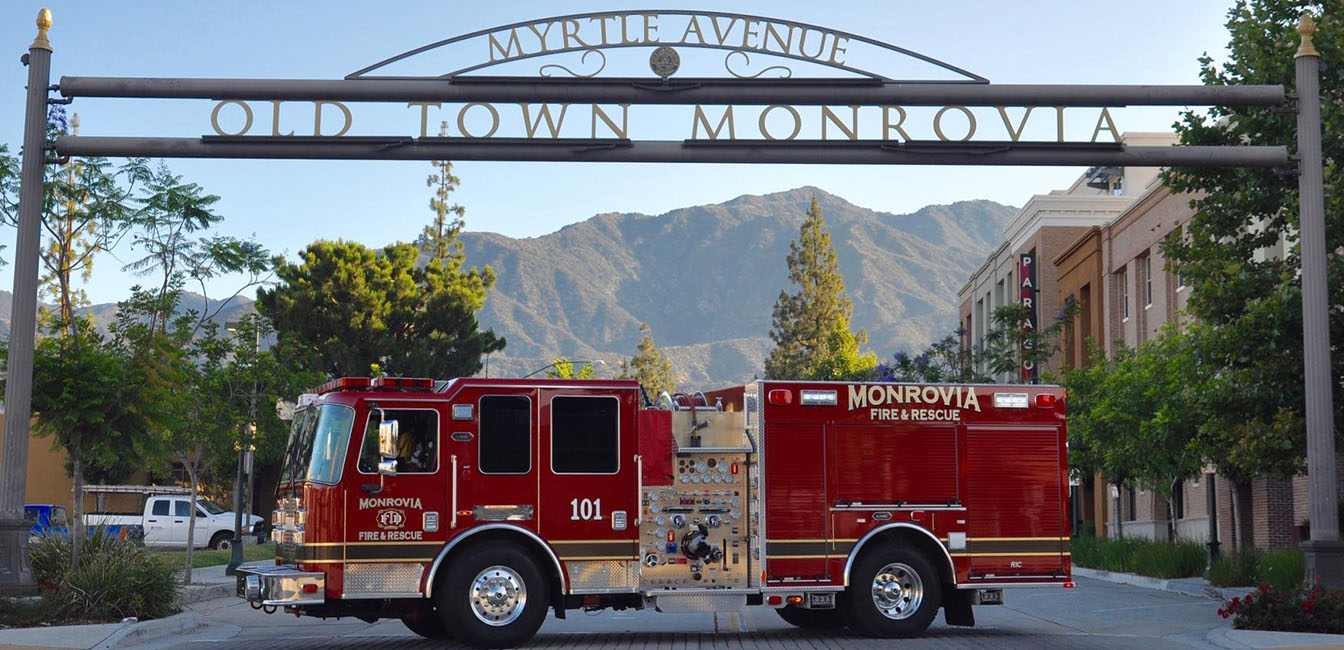KCStat: A True Partnership Means Growing Together
Kansas City, Missouri is well known as a leader in city performance and has a reputation for using data to achieve their goals. In 2018, the city received Silver Certification from What Works Cities. After making data a requirement through a city ordinance that mandates city performance reporting, the city leveled-up to What Works Cities Gold Certification in 2019. Today, Kansas City and data-driven decision making go hand-in-hand.
Examples of Kansas City’s data-driven programs include KCStat, its public performance management program, and the Resident Satisfaction Survey, a key outcome-oriented dataset. Both efforts are routinely used to monitor progress toward goals, identify priorities, and understand problems.
However, a commitment to data-driven management means constantly reviewing even your data programs to understand how they could better meet their goals.
KCStat was formed in 2011, and for the last several years has monitored the city’s progress towards the goals, objectives, and strategies in the Citywide Business Plan. KCStat provided a strong foundation for data-driven decision making, but didn’t always facilitate a fast, easy way to communicate data. Lengthy reports were developed and managed by the DataKC team and discussed at monthly meetings. Efforts were made to engage the broader public via Twitter and live-streaming, but KCStat lacked an “at-a-glance” mechanism for those residents who wanted a broader view of the city’s progress toward goals, or preferred to review the information at their own pace.
The Resident Satisfaction Survey is a longstanding data source for the city that has been utilized to measure progress toward the Citywide Business Plan goals and to advise on resource allocation and operational decision-making. To support this work, staff analyzed the data and put together detailed analyses and presentations for multiple stakeholder groups.
Again, however, access to these important data insights was limited by the framework - beyond reviewing the annual report, it was hard for residents or stakeholders to peruse the results according to their own interest. Further, certain types of analysis, such as demographic analysis or correlations, required individual attention from data staff and thus couldn’t easily be utilized on the fly.
Then came mySidewalk. The mySidewalk team was a part of the Innovation Partnership Program Class of 2017. As a part of the program, we digitized the Resident Satisfaction Survey results and made them more user friendly and accessible through a dashboard.
Now departments, members of the city council, and the community can easily access insights from around the community. Most importantly, we provided mapping technology that added an easily accessible spatial element to the data, which had been time-consuming to create in the past. The mapping component made it much easier to see disparities in some areas of the city and changed the way many people saw their data.
The most important asset gained by the city through the development of their dashboard was the ability to have data-driven conversations everyday.
We took their data to the next level. With access to insights at their fingertips, they now have the opportunity to make sure every conversation they have can be backed up by the actual numbers from the Resident Satisfaction Survey. In meetings, staff and residents can pull up the survey data on their phones for an instant data-backed conversation. No one has to make assumptions or wait a few days to crunch the numbers - they have their data literally in the palm of their hand.
Up-to-date date in the moment
The data and findings in a Resident Satisfaction Survey feel personal; they reflect what residents love about their community and where they want to see improvements. There is a lot of interest in seeing the data visualized. Having a home for the data and reporting that is easy to access and easy to consume made the survey better for sharing, assessing, and understanding insights. It was also easy to create new “cuts” of information; the survey was already loaded into mySidewalk which made making different visualizations easy. Now it’s simple to create new visualizations that are high value to city stakeholders. A 4-hour project now takes 10 minutes.
The KCStat Dashboard was the beginning of a long partnership between the mySidewalk team and Kansas City, Missouri. Our teams are both focused on innovation and problem solving and those common values set the foundation for a true partnership.
Throughout the dashboard development process the mySidewalk team learned and grew tremendously - the partnership with Kansas City was not only about our team delivering a product, it was about working with the city to understand what their challenges were and how we could help find the solutions to solve them. Through the process we made changes to our own approach to city performance. We learned what was most important to leaders in city performance, and we developed new technology to solve problems as we grew with the Kansas City team. We created a product for Kansas City that they use almost everyday, and they gave us a partner, and in some ways a mentor, for better city performance.
Developing solutions is not something we can do alone. The reason for success and partnership in Kansas City is because we both understand that we aren’t just delivering a product - we’re building a partnership. We aren’t imposing our almighty dashboard; we’re using our platform to assess needs, develop solutions, and hopefully, in the end, we are creating something that can help our partners make better decisions and share data more openly.
Share this
You May Also Like
These Related Stories

10 City Data Questions Answered With the DataKC Team

Monrovia, CA Is Reaching Fire and Rescue Goals with mySidewalk


No Comments Yet
Let us know what you think